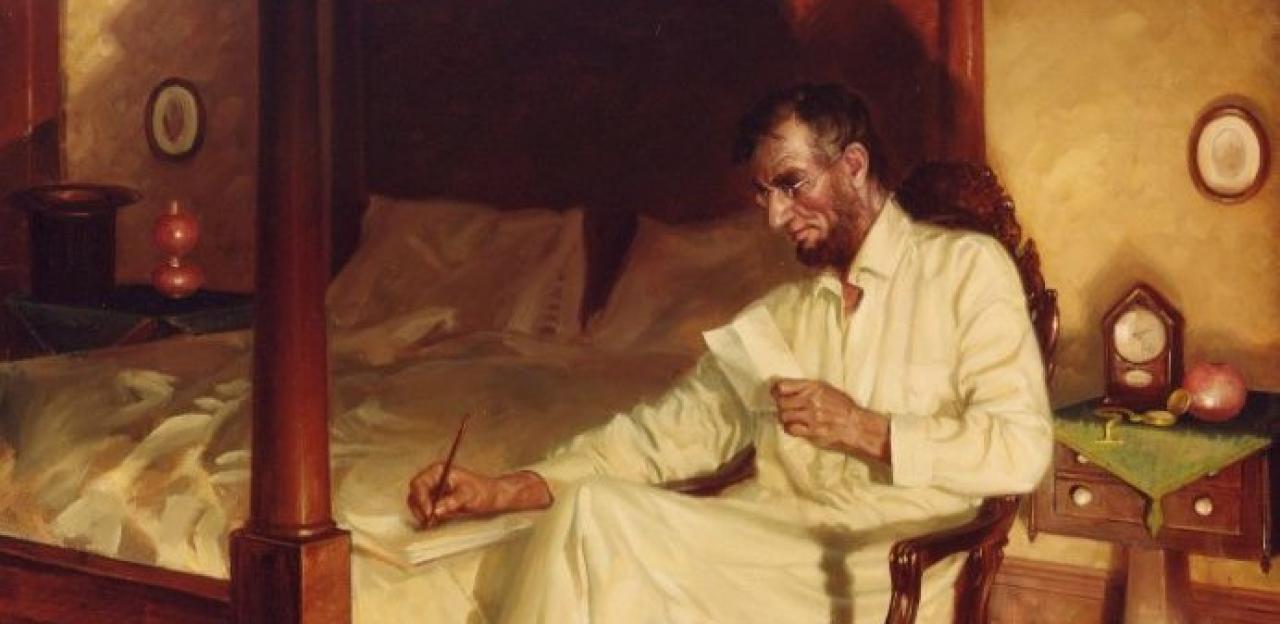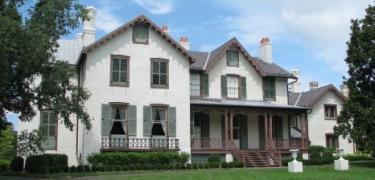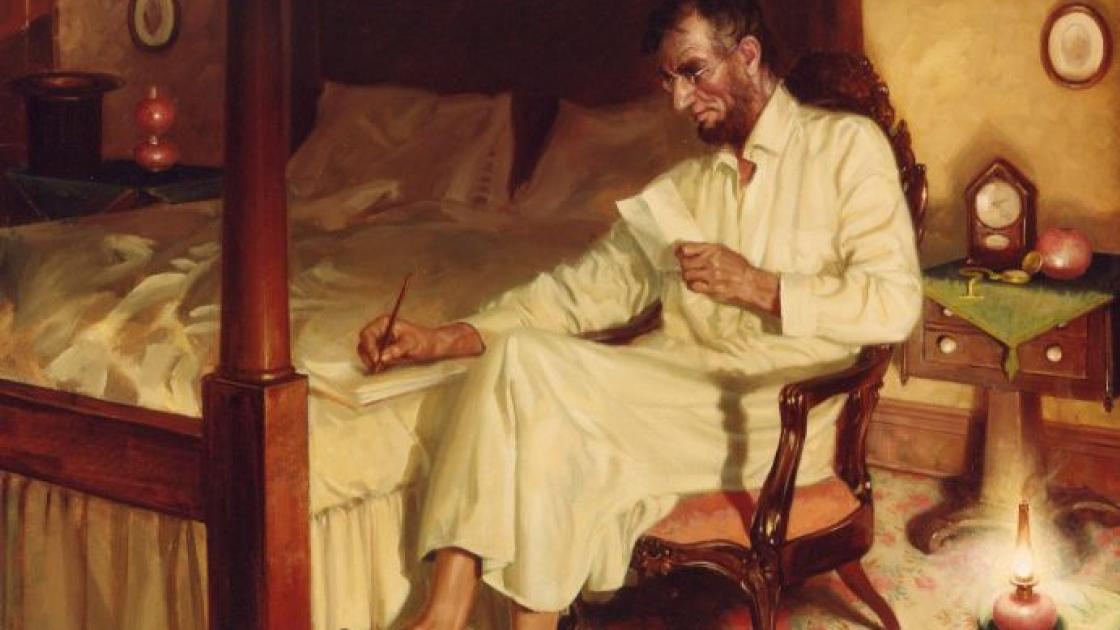Lincoln's Cottage and the Emancipation Proclamation

Erin Mast, Director of President Lincoln's Cottage

Pondering the state of the Union war effort in early 1862, President Lincoln lamented that “the bottom is out of the tub.” He was hardly exaggerating; precious little seemed to be going right for President Lincoln in the early months of 1862. The Union war machine seemed to be jammed in neutral; military inaction in the Eastern Theater begat widespread exasperation with both the Army of the Potomac and the Lincoln administration. Even the joint victories at Forts Henry and Donelson in February did not quell public agitation for long. Trying to find a way to manage all the seemingly disparate pieces of the war effort, Lincoln’s attention was constantly consumed by the endless number of office seekers who bombarded him with requests for patronage on a daily basis. On a personal level, Lincoln was emotionally crushed by the death of his son Willie from typhoid in late February, but even the constant pressures of war kept him from being able to grieve properly.
Eager to gain some measure of privacy to grieve for his son and manage the war effort free from distractions, President Lincoln and his family moved to a house at the Soldier’s Home, three miles north of the White House overlooking the city, for the summer season. Lincoln and his family had intended to take up residence there during the summer of 1861, but the attack on Ft. Sumter and the outbreak of the war necessitated staying in the White House. Despite the serenity at Soldier’s Home, Lincoln was never able to escape the constant reminders of the grim cost of war. Union soldiers were buried in the cemetery on the grounds, and the troop tents of Lincoln’s Presidential guard were in plain sight. The Soldier’s Home did provide the Lincoln family with a place to relax while also giving him a place to conduct private meetings and think through important decisions pertaining to the direction of the war. The Soldier’s Home thus became the setting for Lincoln’s decisions regarding emancipation. In the estimation of historian Matthew Pinsker, the thirteen total months Lincoln spent at Soldier’s Home during his presidency affords us “a new look at Abraham Lincoln’s presidential leadership” by “offering a window into the elusive boundary that separates a president’s public and private experience.” This is where he worked on his emancipation policy, meeting with colleagues, friends, and critics.
Emancipation was not a sudden change of policy for Lincoln, but rather a gradual one. During the spring and into the summer of 1862, historian Matthew Pinsker notes that “the President was moving steadily toward a realization that the scope of the rebellion had permanently altered the terms of the political debate.” Knowing that the need to issue an emancipation proclamation depended on the success or failure of the Union army, discussions on military affairs held direct implications for emancipation. In June and early July, discussion Lincoln had with Congressmen Orville Browning at Soldier’s Home underscored the President’s obvious frustration with military affairs, suggesting that he was correspondingly warming to the idea of emancipation as a military measure. Over the course of the summer of 1862, Lincoln became increasingly frustrated with not only the military stalemate, but the truculent nature of emancipation in the border-states. His time at Soldier’s Home allowed him to give voice to these frustrations and parse out his thoughts about the timing of emancipation.
While Lincoln made important decisions all three summers he was at Soldier’s Home, perhaps none was more critical than emancipation. From this comfortable retreat Lincoln shaped his policy that would redefine the goals of the Civil War. Consequently, Soldier’s Home can be seen as one of the epicenters of American emancipation, helping to illuminate the long road taken by Abraham Lincoln and the United States in the half decade before 1865, when the Thirteenth Amendment to the Constitution was ratified.
Abraham Lincoln Writing the Emancipation Proclamation

Jes W. Schlaikjer was an official artist for the U.S. government and well know painter of portraits and historic scenes in the mid 1900s. A great admirer of Abraham Lincoln, Schlaikjer determined to paint an historical scene of Lincoln toiling on the Emancipation Proclamation one evening in September 1862 at the Soldiers’ Home. While he painted this scene from his imagination, Schlaikjer was inspired to paint the scene after discovering Lincoln was known to have carried notes and jottings for the document to and from the Soldiers’ Home. Schlaikjer took great pains to ensure the details of the scene were historically accurate. Correspondence between the artist and the Chicago Historical Society in March 1957 reveals the level of detail Schlaikjer sought and received, from Lincoln's iconic top hat down to the delicate beading and stitching of “A” and “L” on the tongue of each of his moccasins. These items and others in the painting are still preserved by various museums and collectors today.
When Schlaikjer finished, the painting was unveiled in the rotunda of the Senate Office Building for the Lincoln sesquicentennial in 1959. At the unveiling, Senator John Sherman Cooper of Kentucky remarked, "This unusual painting shows Lincoln at one of the critical moments of his life, preparing a document which created a major social revolution. The painting has captured the simple dignity, the solemn earnestness and determination of President Lincoln just before the battle of Antietam." The painting was then loaned for three months, eventually making its way back to the artist.
To this day, Schlaikjer’s painting remains one of the few artistic depictions of Lincoln working on the Emancipation Proclamation at the Soldiers’ Home.


